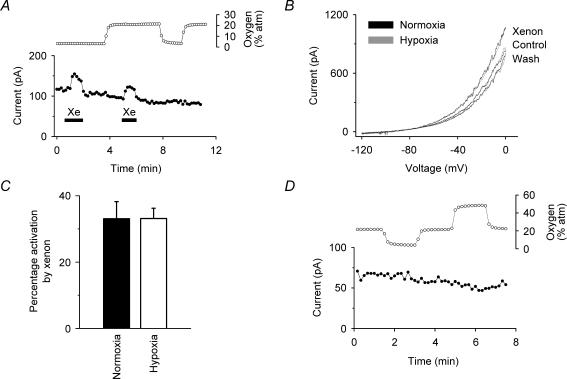Figure 1. Effects of oxygen on the modulation of human TREK-1.
A, voltage-clamp currents (•) (at –50 mV, derived from standard voltage ramps) showing that the activation of hTREK-1 by xenon (80%) was comparable under normoxia (20% atm oxygen) and hypoxia (3% atm oxygen). The oxygen concentration in the electrophysiology bath, given as an equivalent partial pressure, is shown above the current recording (^). Xenon was transiently applied as indicated by the filled bars. B, current–voltage (I–V) curves show that the activation of TREK-1 by xenon was essentially identical under normoxia (21.3 ± 0.6% oxygen) and hypoxia (3.8 ± 0.2% oxygen). The normoxia I–V curves are normalized to the hypoxia control I–V curve to compensate for rundown. C, summary of the effects of xenon on TREK-1 currents under normoxia and hypoxia from whole-cell recordings at –50 mV. Xenon (80% atm) activated TREK-1 under normoxia and hypoxia by 33 ± 5% and 33 ± 3% (means ± s.e.m.; n = 6), respectively. D, current recordings under voltage clamp (•) (at –50 mV, derived from standard voltage ramps) showing that the equivalent partial pressure of oxygen in the solution had no significant effect on the baseline potassium current. For these stably transfected cells, the current at –50 mV under voltage clamp is almost exclusively due to the TREK-1 channel (see, for example Gruss et al. 2004).

